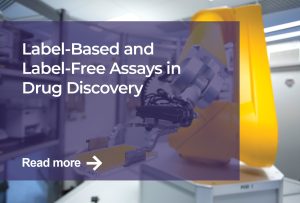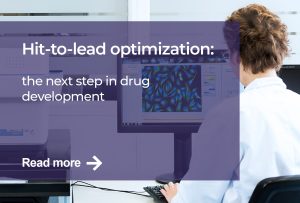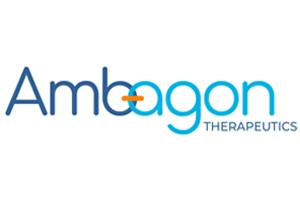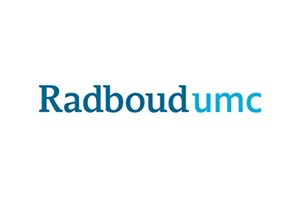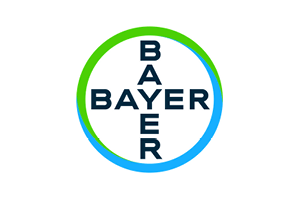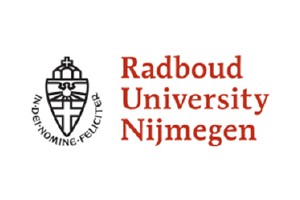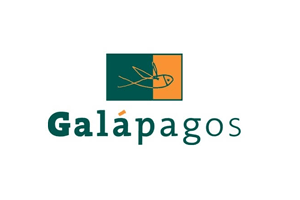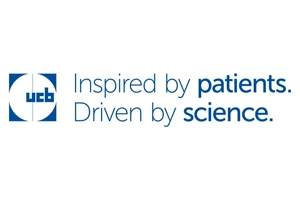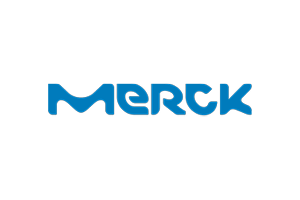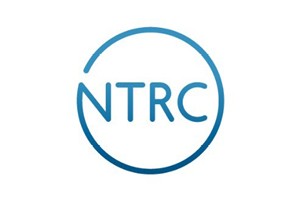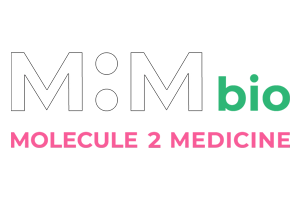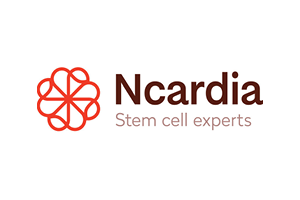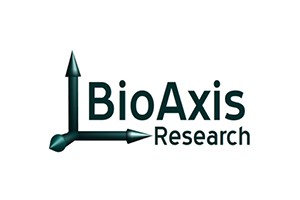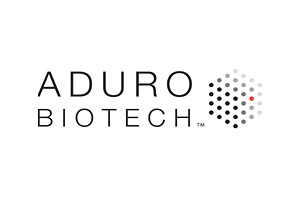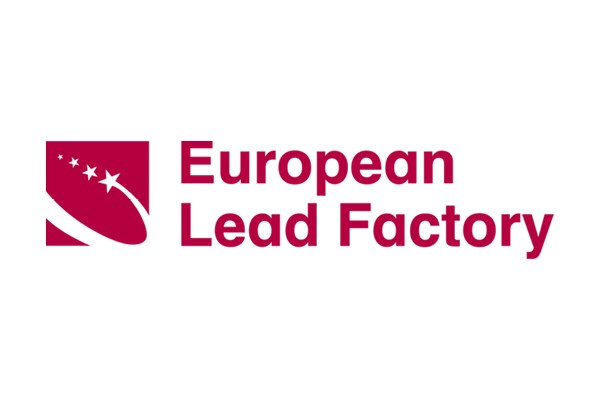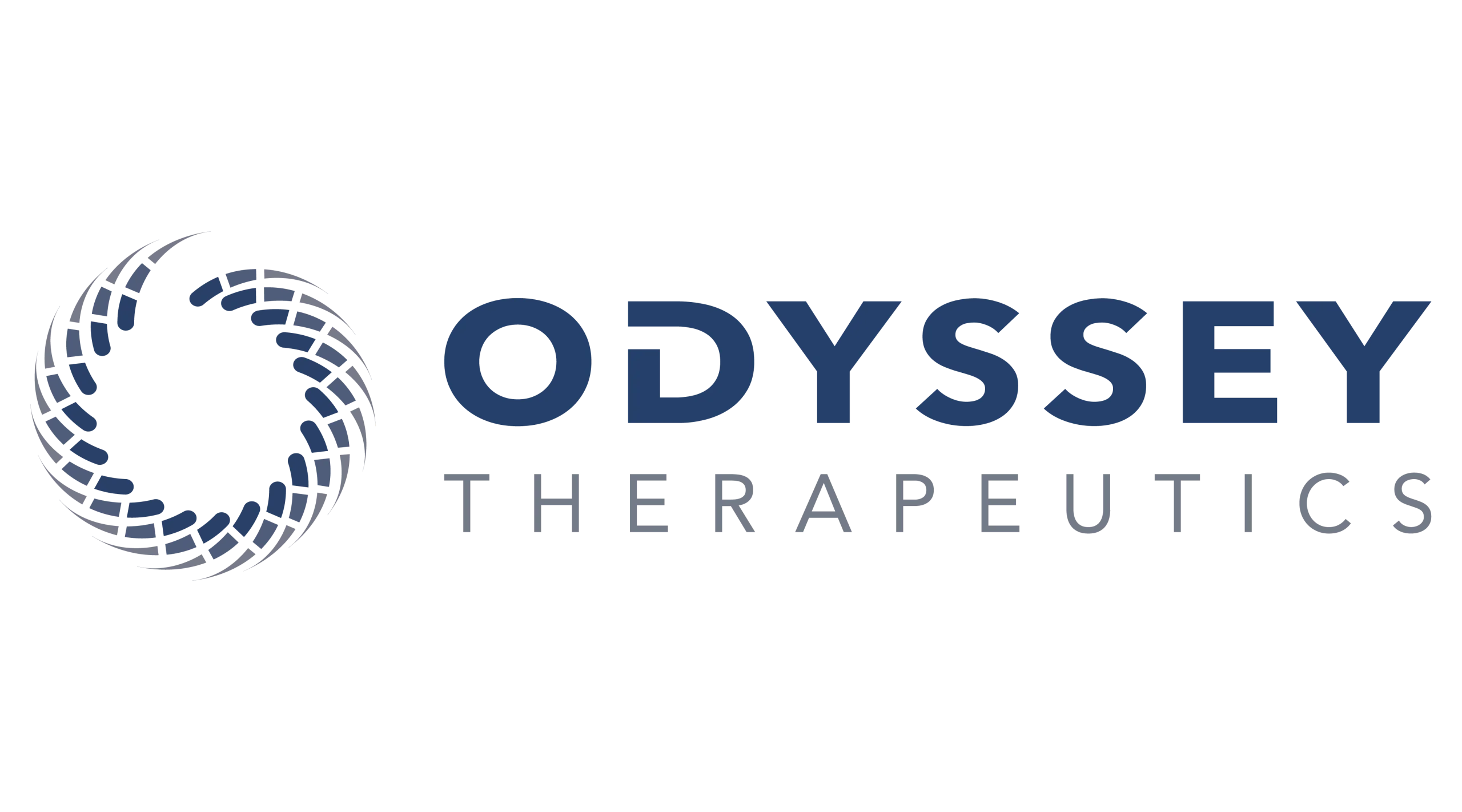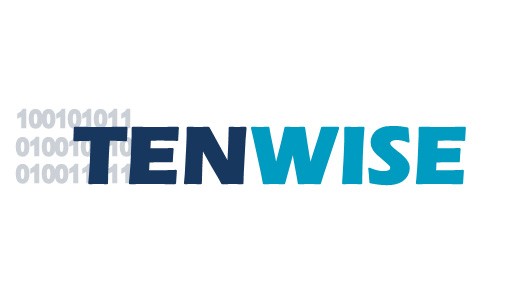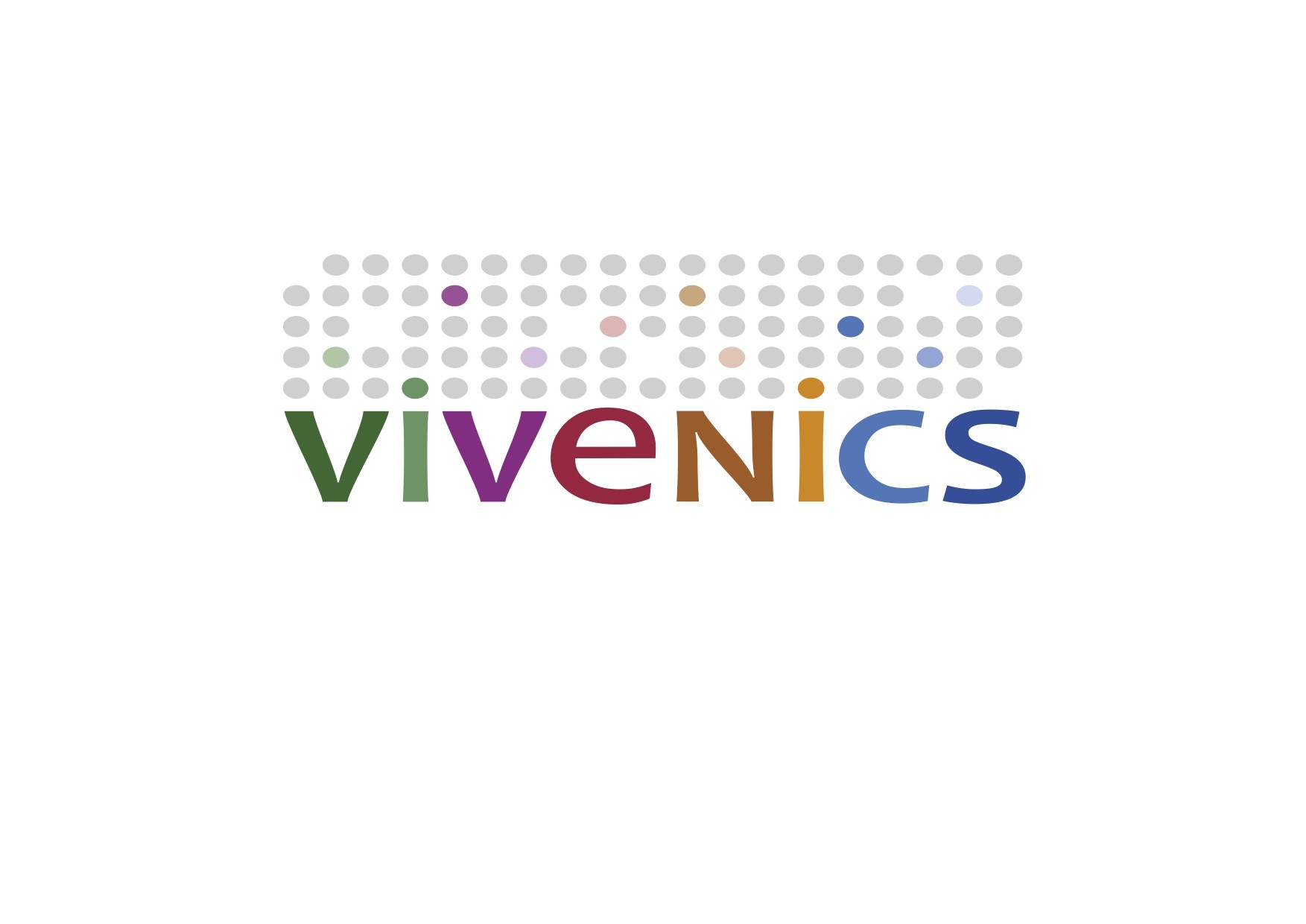High-throughput screening (HTS) has been a cornerstone of the rapidly evolving landscape of early drug discovery. HTS allows researchers to rapidly screen many thousands of chemical compounds to identify potential drugs, understand biological processes, or determine the effects of chemicals on biological systems. At the heart of HTS are microtiter plates, specifically 384 and 1536 well plates, which are pivotal in scaling experiments efficiently. When choosing a screening partner, opting for one that offers both 384 and 1536 well plates can provide many advantages. Here’s why.
Enhanced Flexibility and Scalability
One of the most significant benefits of partnering with a screening company that provides both 384 and 1536 well plate options is the flexibility and scalability it offers to the screening process. Early stages of research might not require the high density of a 1536 well plate, making the 384 well plate a more cost-effective and manageable option. However, as projects scale up and more throughput is needed without sacrificing the quality of data, transitioning to 1536 well-plates can dramatically increase efficiency and throughput, enabling the screening of more extensive libraries against multiple targets or conditions in a shorter period.
Cost-Effectiveness
Cost savings are a critical consideration in any research project. The use of 1536 well plates can significantly reduce reagent costs and minimize the volume of expensive compounds or reagents required, given their smaller well size and reduced consumption of resources. A screening partner that offers both options can help optimize the balance between cost and throughput at different project stages, ensuring that resources are used efficiently without compromising experimental outcomes.
Adaptability to Assay Requirements
Different assays may have specific requirements that make one plate type more suitable than another. For instance, assays that require a larger reaction volume or those sensitive to evaporation might be better suited to 384 well plates. Conversely, assays optimized for minimal volumes and high throughput are ideal for 1536 well formats. A screening partner equipped with both types of plates can provide the adaptability needed to optimize assay conditions, regardless of the project phase or specific assay requirements.
Streamlined Data Collection and Analysis
High-throughput screening generates vast amounts of data, making data management and analysis a critical component of the process. Partners that offer both 384 and 1536 well plates often have advanced data handling systems in place capable of managing the complexities associated with scaling up. This can streamline the transition from one format to another, ensuring data integrity and facilitating a more straightforward analysis that can accelerate decision-making processes.
Competitive Advantage
In the fast-paced world of drug discovery and development, time is of the essence. The ability to quickly scale up screening efforts without a hitch can provide a significant competitive advantage. By partnering with a screening provider offering both 384 and 1536 well plates, organizations can swiftly change project needs, ensuring they remain at the forefront of innovation.
In conclusion, the versatility of having access to both 384 and 1536 well plates through a screening partner cannot be overstated. It offers a strategic advantage in drug discovery and development processes by ensuring scalability, cost-effectiveness, adaptability, efficient data management, and ultimately, a faster route to market. As such, when selecting a screening partner, considering their capability to offer both plate formats could be pivotal in the success and efficiency of your high-throughput screening endeavors.



